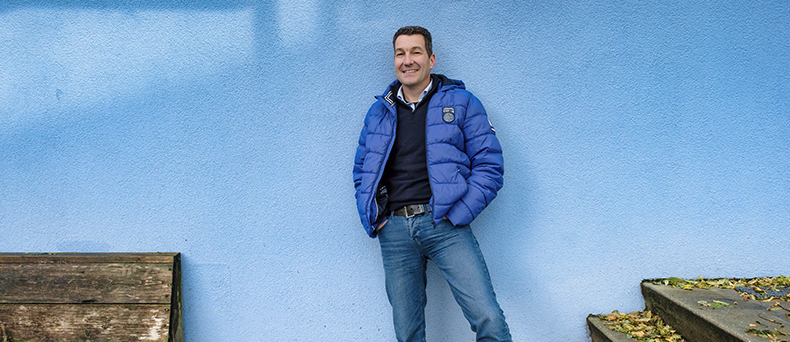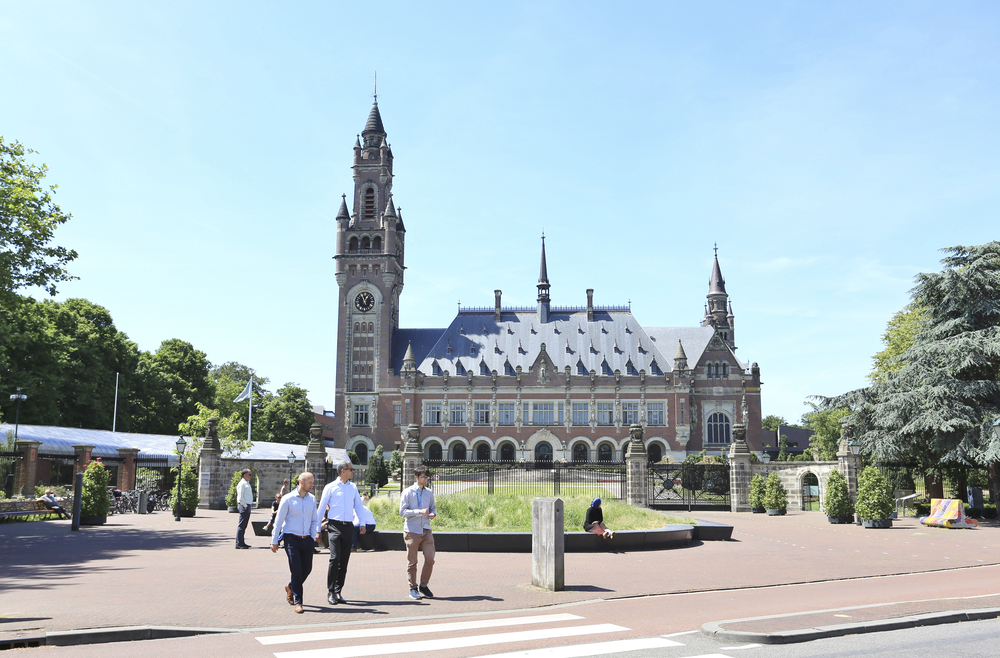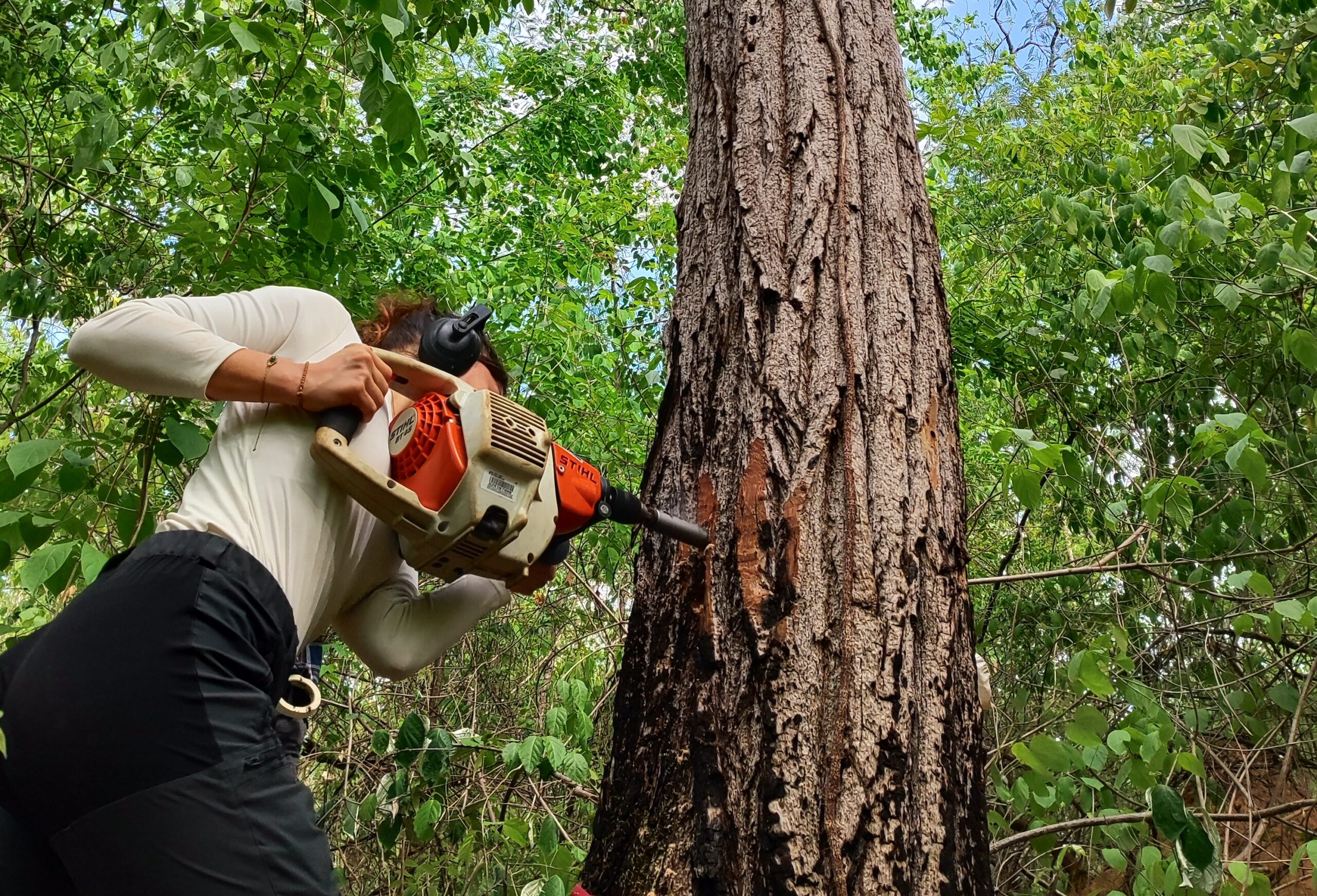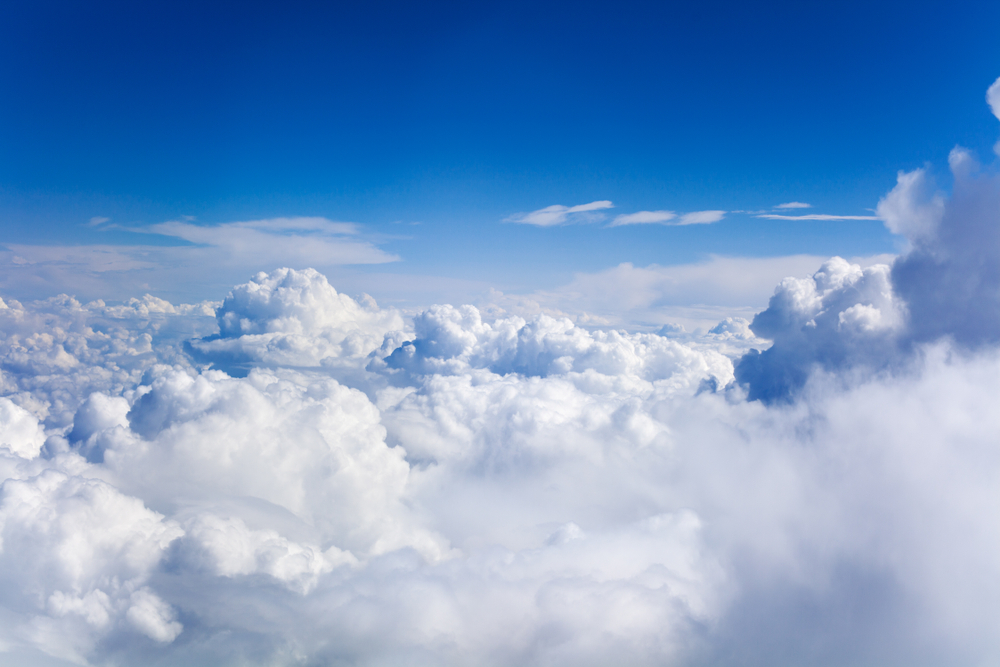The title of the book (which is in Dutch) is a nod to Lonely Planet’s famous series of travel guides. Even the cover hints at the book’s model. Van Hattum himself grew up with that series. ‘I feel part of the backpacking generation. I wore out a lot of Lonely Planets. Before the internet, mobile phones and booking.com existed, a Lonely Planet guidebook was the survival kit to take with you when you went travelling.’
And that is exactly what he wants Only Planet to be: a book that is of some use to you. To be more precise, of some use to anyone who is fed up with all the gloom and doom about the climate and the deterioration of nature. ‘We tend to focus a lot on everything that’s going badly in the world,’ Van Hattum thinks, ‘and on the terrible things that are coming our way. I lead the Climate programme at WUR. My programme is called Green Climate Solutions and we do research on ways of solving the climate problem. Those solutions tell a completely different story. And we don’t hear that story nearly often enough.’
For Van Hattum, the penny dropped after a painful guest lesson he gave for a class of 10-year-olds at his daughter’s primary school. ‘They were doing a project on water. The teacher asked whether I could tell them a bit about climate change. So I gave my usual presentation on climate change, full of images of floods, drought, forest fires and kangaroos running for their lives. The children were staring at me wide-eyed. I watched them go pale and I could really see the fear in their eyes. In that moment, I realized how bizarre this narrative is and what it does to us. Not just to children, but to everyone.’
You are shifting the focus of the narrative from the problem to the solutions. That fuels hope. But things are going to get worse before they get better. That’s not a hopeful perspective, is it?
‘All the extreme weather we are seeing now is happening in a world that is 1.2°C warmer. We are going to reach 1.5°C, so those extremes will get worse. The hopeful thing is that most of the solutions we need for tackling the problem already exist.
You can’t separate the climate problem from how we look after nature
It’s true that they cost a lot of money, but they prevent damage that would cost us five times as much. And they benefit society, in terms of clean air, clean water, better health, more well-being, more equality and more happiness. And it is not too late to end up somewhere close to one and a half degrees. Every tenth of a degree counts. It is never too late to go into action. That is the hopeful message.’
The solutions have been known for some time, but we still don’t get our act together. Why is that?
‘It’s because our society is geared to the short term. There are a lot of interests invested in continuing down the path we’re on. But business-as-usual is not viable in the longer term. I try to show what the future could look like if we act on what we know and, above all, if we put nature first as the source of solutions.’
Your solutions require radical transformation. How can that be achieved?
Your solutions require radical transformation. How can that be achieved?
‘The first step is to develop a long-term vision of what the future we are all aiming at will look like. A picture, like the one we created two years ago with the Future Map of the Netherlands in 2120. A picture that inspires people and invites them to engages with that future.
We don’t hear the solutions story nearly often enough
And another thing you need is leadership. Not only in politics, but perhaps even more so in communities. There is a whole bottom-up movement going on, driven by initiatives, parties and people who want to go faster. Young people are playing a big role in this and that gives me hope.’
You argue for a Ministry of the Future. What is that?
‘The existing ministries are organized along sectoral lines, and tend to focus on short-term solutions. My Ministry of the Future is an overarching ministry that looks after the interests of future generations and keeps its eye on the long term, with an interdisciplinary approach spanning the different domains.’
You call nature the most important climate solution we have. Can you explain that?
‘You can’t separate the climate problem from how we look after nature. That is the core message of my book. Protecting and restoring natural systems can contribute a third of what it will take to limit warming to 1.5°C. It is a crucial solution to the climate crisis and also helps create a buffer against the extreme weather that we face. Preventing floods, retaining water, cooling cities – all this can all be done by treating the nature around us well. Until now, the climate problem has mainly been tackled with a technological approach: reducing emissions, electric vehicles, the energy transition. All of that is important, but don’t forget nature. Otherwise we’ll end up with lower CO2 emissions but a dead planet.’

 ‘The first step is to develop a long-term vision. A picture, like the one we created two years ago with the Future Map of the Netherlands in 2120.’ Photo: Guy Ackermans
‘The first step is to develop a long-term vision. A picture, like the one we created two years ago with the Future Map of the Netherlands in 2120.’ Photo: Guy Ackermans 

